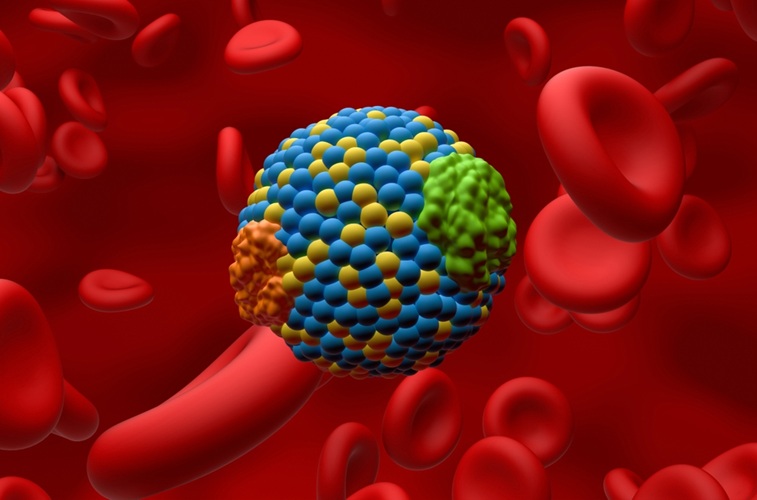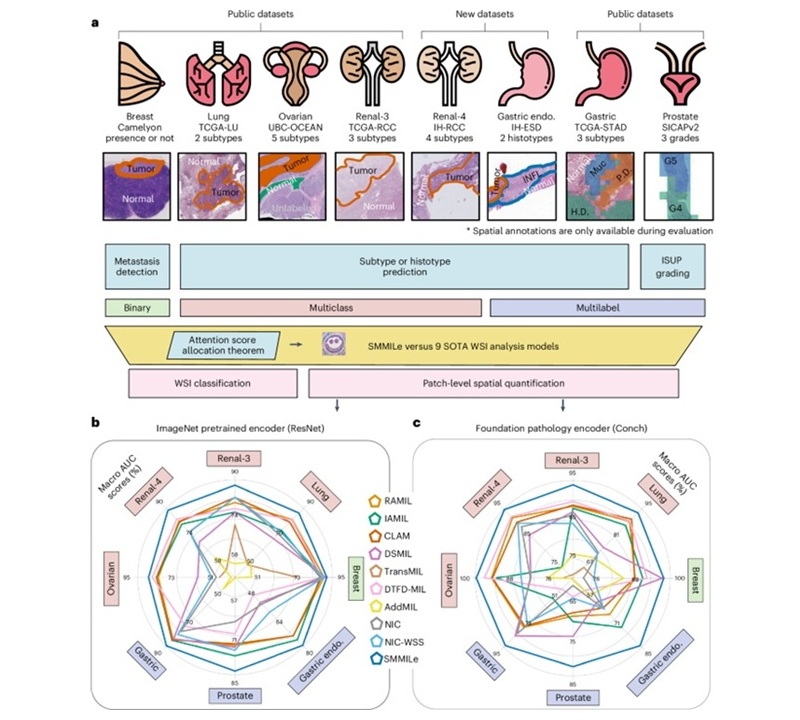Advanced Imaging Technique Helps See Low-Density Lipoprotein-Cholesterol in New Light
Posted on 01 Jan 2025
Low-density lipoprotein cholesterol (LDL-C), often referred to as "bad cholesterol," is a major contributor to cardiovascular disease, the leading cause of death worldwide, claiming one life every 33 seconds. Until recently, scientists have been unable to observe the structure of LDL, particularly how it interacts with its receptor, LDLR, a protein essential for the process. Normally, when LDL binds to LDLR, it triggers the process that clears LDL from the bloodstream. However, genetic mutations can hinder this process, allowing LDL to accumulate in the blood, form plaque, and deposit in arteries, leading to atherosclerosis, a precursor to heart disease. In a groundbreaking study, researchers have used advanced technology to gain insight into this crucial interaction and visualize LDL in a completely new way.
By employing cryo-electron microscopy, a cutting-edge imaging technique, scientists at the National Institutes of Health (NIH, Bethesda, MD, USA) successfully observed the entire structural protein of LDL when it bound to LDLR. They then used artificial intelligence-powered protein prediction software to model the structure and pinpoint genetic mutations that cause elevated LDL levels. The creators of this software, who were not involved in the study, were recently awarded the 2024 Nobel Prize in Chemistry. The researchers discovered that many of the mutations linked to increased LDL were located in the region where LDL binds to LDLR, a key finding in understanding familial hypercholesterolemia (FH), an inherited condition that impairs the body's ability to process LDL. Individuals with FH have significantly elevated LDL levels and may suffer heart attacks at a young age.

The study revealed that the mutations associated with FH tended to cluster in specific areas on LDL. These findings, published in Nature, could pave the way for developing therapies designed to address the dysfunctional interactions caused by these genetic mutations. Moreover, the researchers believe their work could also benefit individuals without genetic mutations but who suffer from high cholesterol and are being treated with statins, which reduce LDL levels by enhancing LDLR function in cells. By understanding the precise points where LDLR binds to LDL, the researchers suggest they may now be able to target these binding sites to design new drugs that effectively lower LDL levels in the bloodstream.
“LDL is enormous and varies in size, making it very complex,” explained Joseph Marcotrigiano, Ph.D., chief of the Structural Virology Section in the Laboratory of Infectious Diseases at NIH’s National Institute of Allergy and Infectious Diseases and co-senior author on the study. “No one's ever gotten to the resolution we have. We could see so much detail and start to tease apart how it works in the body.”














